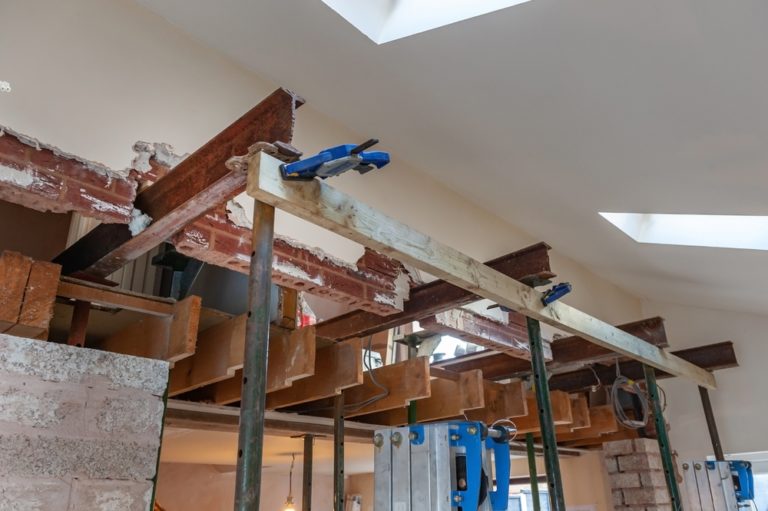Structural engineering is a field that handles the design, analysis, and construction of structures such as homes, buildings, and even towers and bridges. To ensure the safety and stability of these structures, structural engineers use a variety of tools and methodologies to create buildings and projects that are safe and built to withstand even extreme forces. Some of the tools used by structural engineers include mathematical and computational techniques, as well as physical testing and inspection methods.
Some of the most commonly used tools and methodologies in structural engineering include:
- Finite element analysis (FEA)
- Structural dynamics
- Material science and testing
- Computer-aided design (CAD) software
Finite Element Analysis
Finite element analysis (FEA) is a numerical based method for problem solving in engineering and applied sciences. It is used to predict the behavior of complex systems, such as structures and machines, and the various loads and conditions they would potentially encounter. The method is based on breaking down the system into smaller, more manageable parts called finite elements. Their specifics, such as material properties and geometric dimensions, are defined and used to create a mathematical model of the system.
The model is then solved using computer software, which generates results such as stress, strain, and displacement. These results can be used to design safe and efficient structures and identify potential failure points.
Structural Dynamics
Utilizing structural dynamics is a means to figure out how a structure will be affected when subjected to time-varying loads and forces, such as wind, vibration and even earthquakes. When analyzing structural dynamics, structural engineers must take into account the mass, stiffness, and damping properties of the structure, as well as the forces acting on it.
The goal of structural dynamics is to predict the response of a structure to dynamic loading, including its natural frequencies and modes of vibration, and to design structures that can withstand these loads without failure.
Material Science And Testing
Materials science is an interdisciplinary field that studies materials and their properties, behavior, and performance. It encompasses physics, chemistry, and engineering. It aims to understand the relationship between the structure, properties, and processing of materials.
Testing and characterization of materials is a crucial step in structural engineering, as it evaluates properties such as strength, ductility, and durability, and assists in the development of new materials with improved performance. Materials testing techniques include mechanical testing, thermal analysis, and imaging technique
Computer-aided Design Software
Computer-aided design (CAD) software is a tool structural engineers use to create, modify, and optimize 2D and 3D models of structures and products. This software allows users to create detailed drawings and simulations of their designs, which can be used for analysis and fabrication. It makes the process of designing structures more accessible since it’s computerized, but also provides the flexibility to test out different potential characteristics of a building or structure.
CAD software has become an essential tool in many engineering and design fields, including structural engineering. It improves the efficiency and accuracy of the design process, reduces errors and saves time, and allows for easy collaboration among team members
Nortex Structural Utilizes Top-level Software
For any project, it is important to be certain only the best time-tested approaches are utilized, particularly when safety is at risk. At Nortex Structural, our team of experienced structural engineers focuses on providing solutions that are secure using only the best software available. No matter what your project requires, you’ll find our work product to be of the highest quality at every turn. Call us at 817-470-5046 to request more information on how our engineering services can help you.






